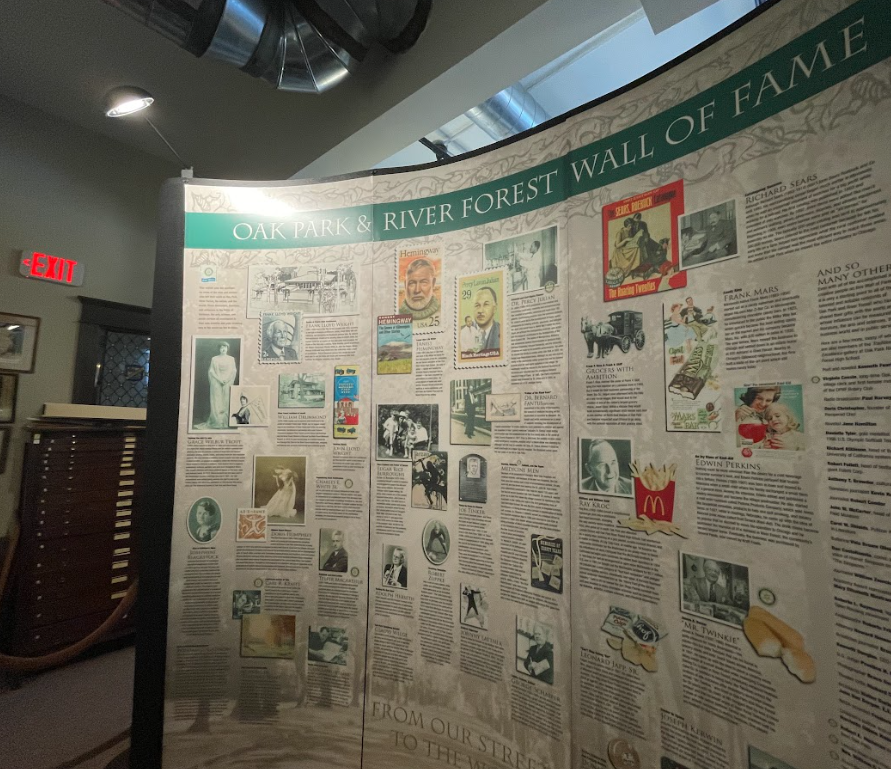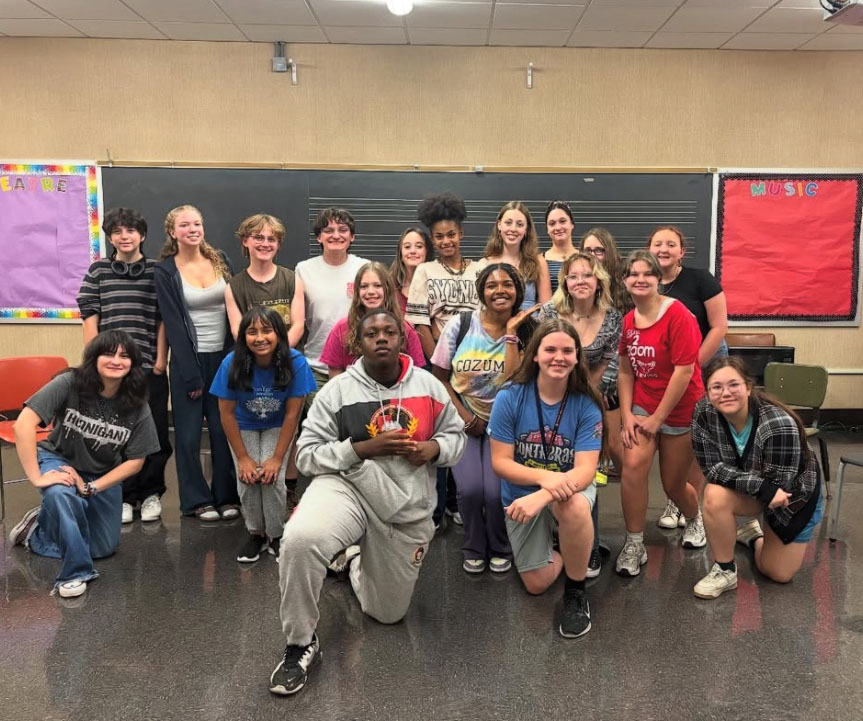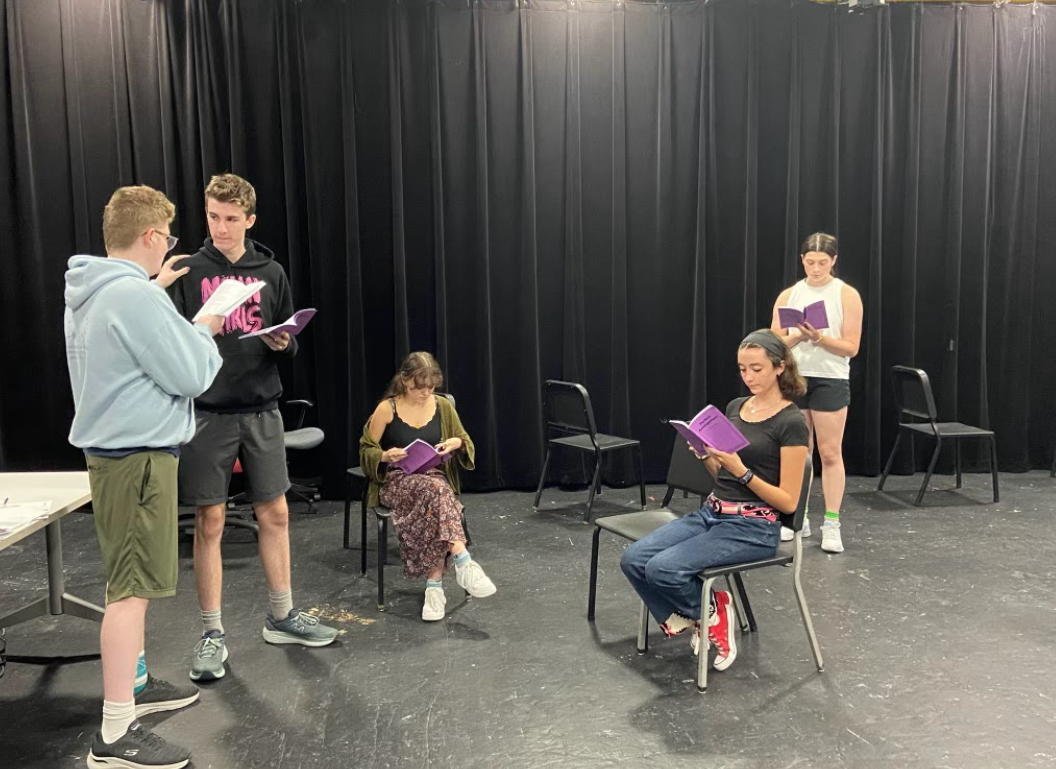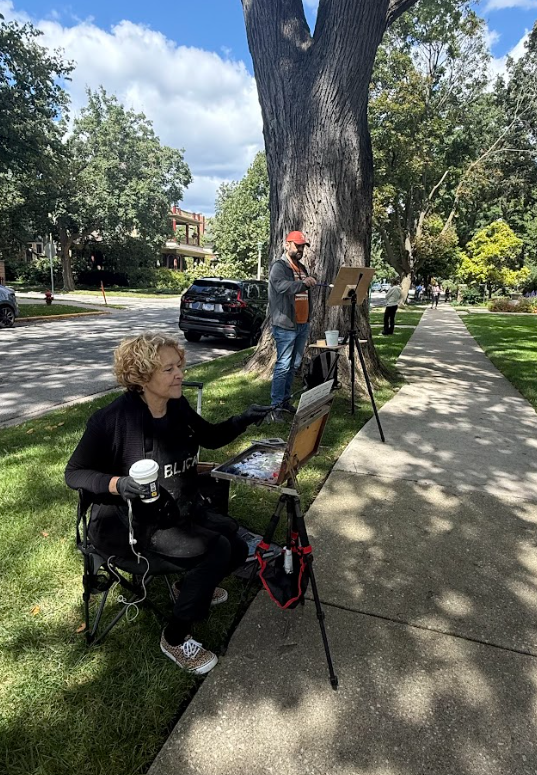Almost every day after classes, the halls and alleyways of Oak Park and River Forest High School are flooded with a blend of instruments–the sound of the Marching Band in practice.
Widely known throughout the school from their Friday night halftime performances, the Marching Band has a deeply rooted culture that has lived in OPRF since its founding. The band is now in the midst of its 24th consecutive season, after it had a nearly 20-year break in the 1980s and 90s.
Scotty Jones, the former band director, retired in 2005 after six years in the position. Anthony Svedja has been in the role since, and is approaching his 19th year at OPRF. Svedja currently supervises all band programs, including jazz, concert and marching.
The Marching Band is participating in three major competitions this school year. The first was the Alonzo Stagg Marching Jamboree in Palos Hills, Ill. on Sept. 9. The event categorizes marching bands based on the number of students participating. Last year, OPRF placed third. However, this year the band did not place on the podium.
The band also participated in Downers Grove High School’s “Marching Music Bowl” on Oct. 7. They placed first, after having placed on the podium the year prior as well. They also participated in the University of Illinois’ marching band championship on Oct. 14.
On Oct. 18, the Marching Band put on a performance titled “Under the Lights,” which was held in the OPRF stadium. Svedja said, “Events like these allow people to get introduced to the world of band.”
The theme of this Marching Band season is “Travels to Brazil,” according to Svedja. The band will perform pieces by Brazilian composers in all competitions. The student body of the band is able to decide on a pop song for each football game performance, where section leaders are able to vote on which tune to play.
Senior Bailey Ivey, a second-year Color Guard section leader, said themes keep the Marching Band changing and provide variety throughout the years. She claims Marching Band allows for a larger community to form, as it diminishes barriers between gender or skill level, unlike athletics.
Color Guard, while part of the Marching Band, considers themselves “somewhat separate from the larger band” due to the different routines and practices, according to Ivey. The group has 11 members that Ivey describes as “ our own little community, and we connect really well together.” However, she says that being in the Marching Band in general allows for a “diverse group to be formed.”
Drum major and conductor Trevor Schonman, a senior, expanded on the aspect of community, saying that “the rush after a performance is super rewarding, and you get to bond with a lot of awesome people.” The Marching Band is very tight-knit according to Schonman and opens paths for relationships like no other. He also claimed, “It’s great to see people who put in so much work finally have it pay off, and it’s really fun to hang out with everyone once you go through something like this together.”
Many band members also said that performing has been helpful in other ways. Schonman added, “It’s definitely helped my confidence, and hopefully makes performing less nerve-racking in the future.”
Svedja also stressed the importance of attendance at band performances. He said, “This is an opportunity for the school and community to see what marching band really is about and what we actually do.” He stated that while students often see the Marching Band at sporting events, it’s merely a glimpse into the world of band. With each performance, the band hopes to immerse the audience in its music and routine.
Svedja said, “Our students are very talented, and we hope to showcase that talent through our performance.”





